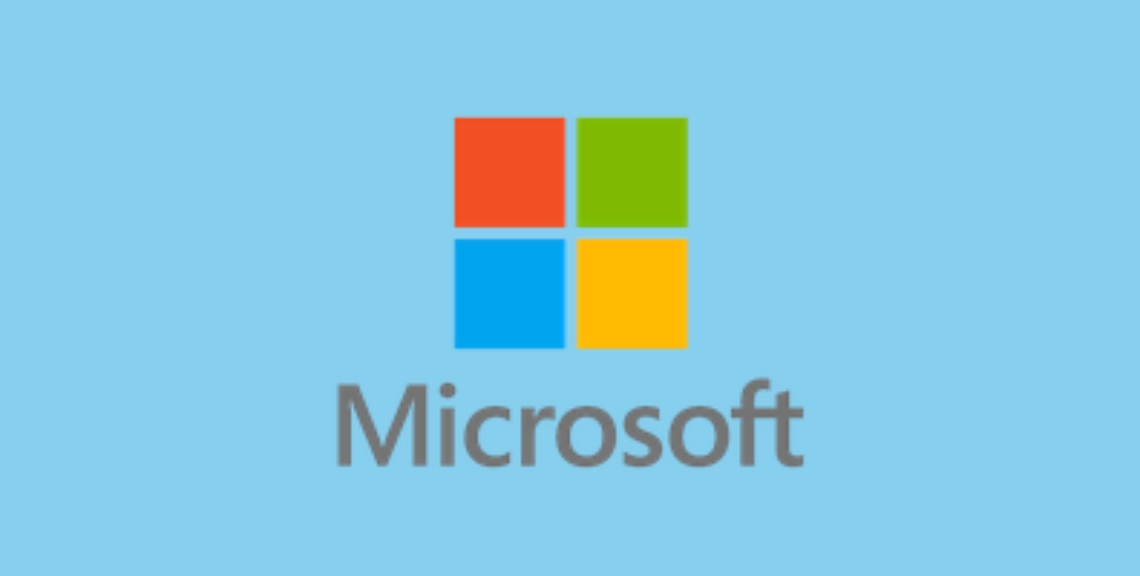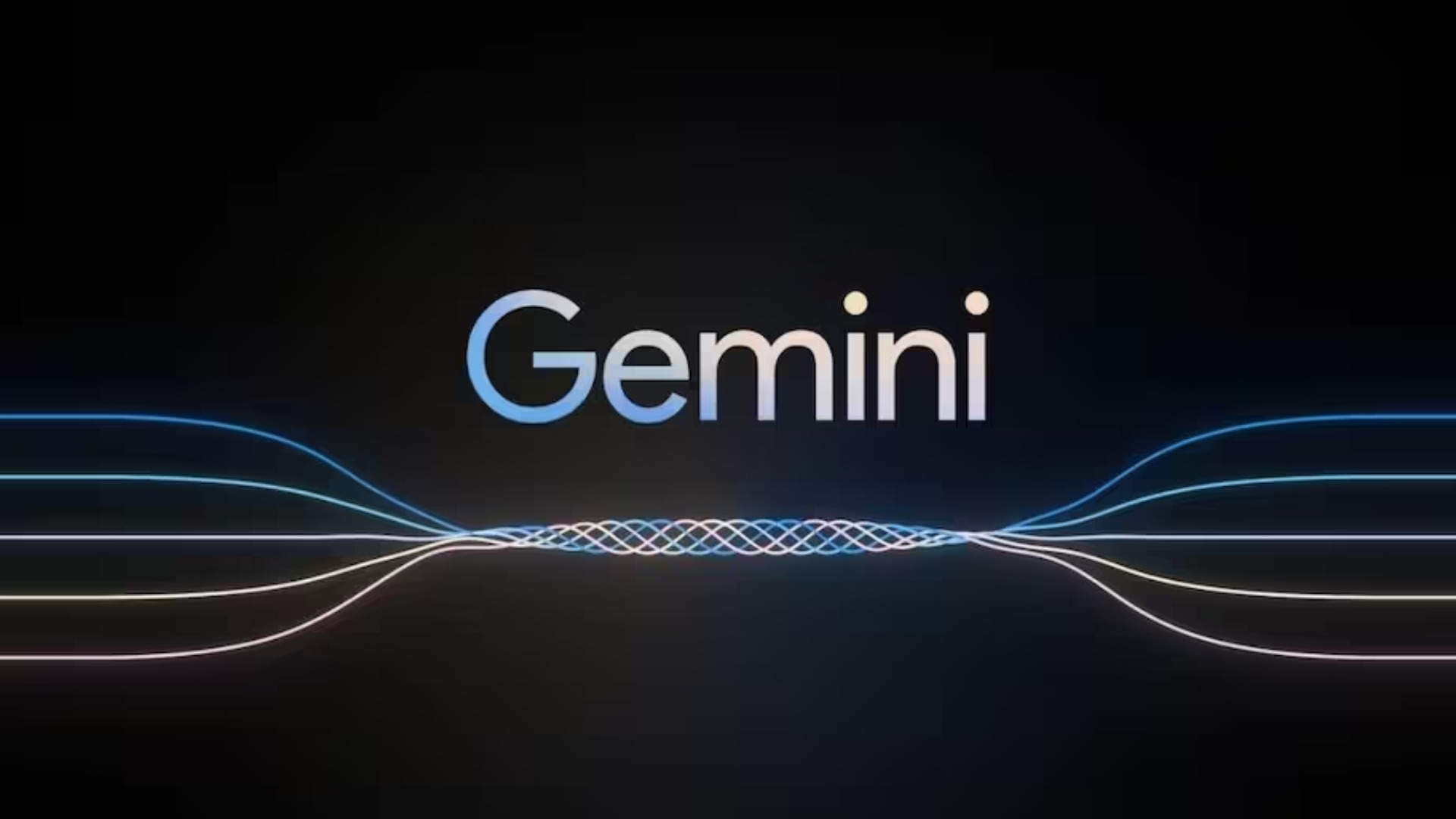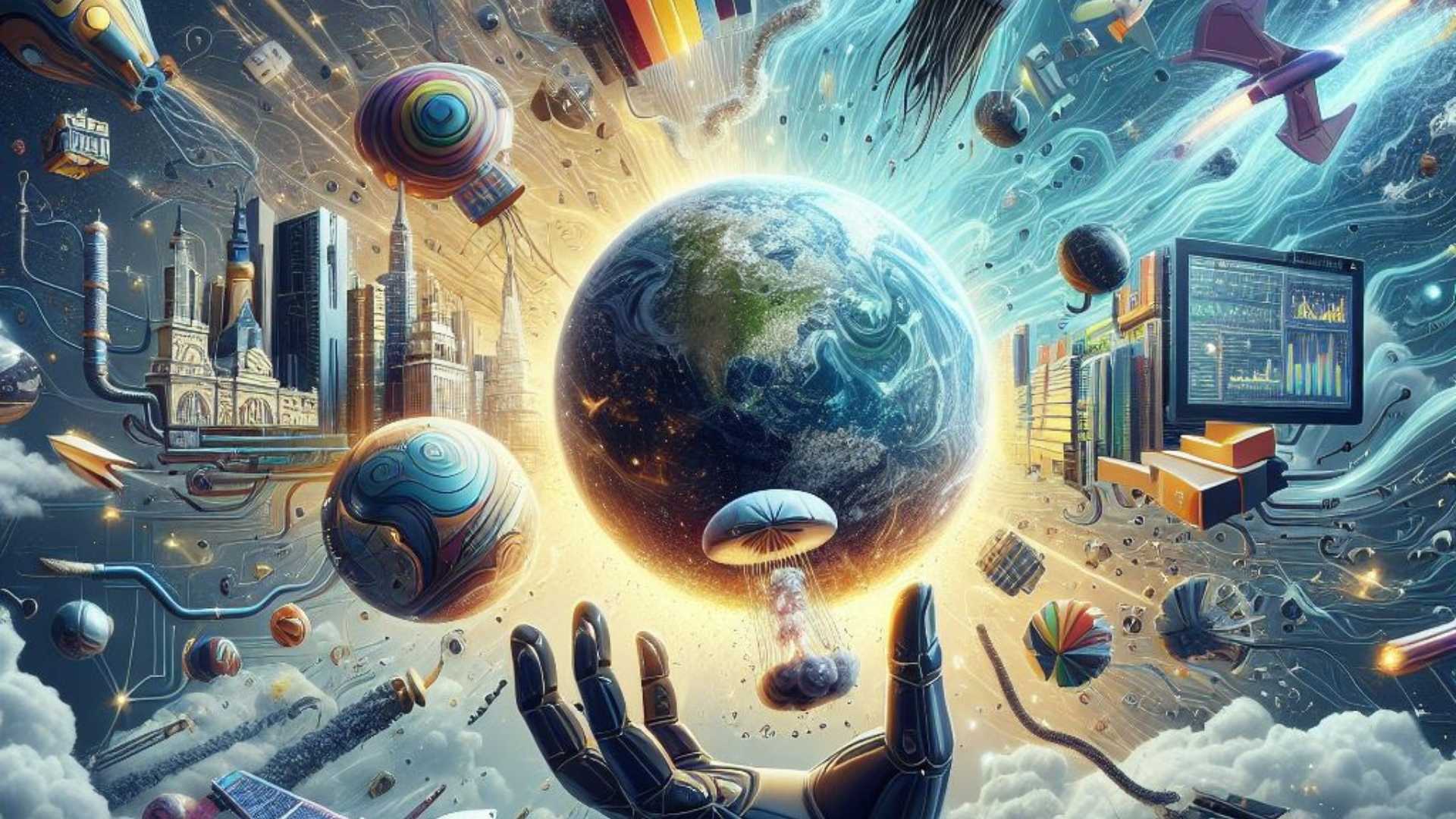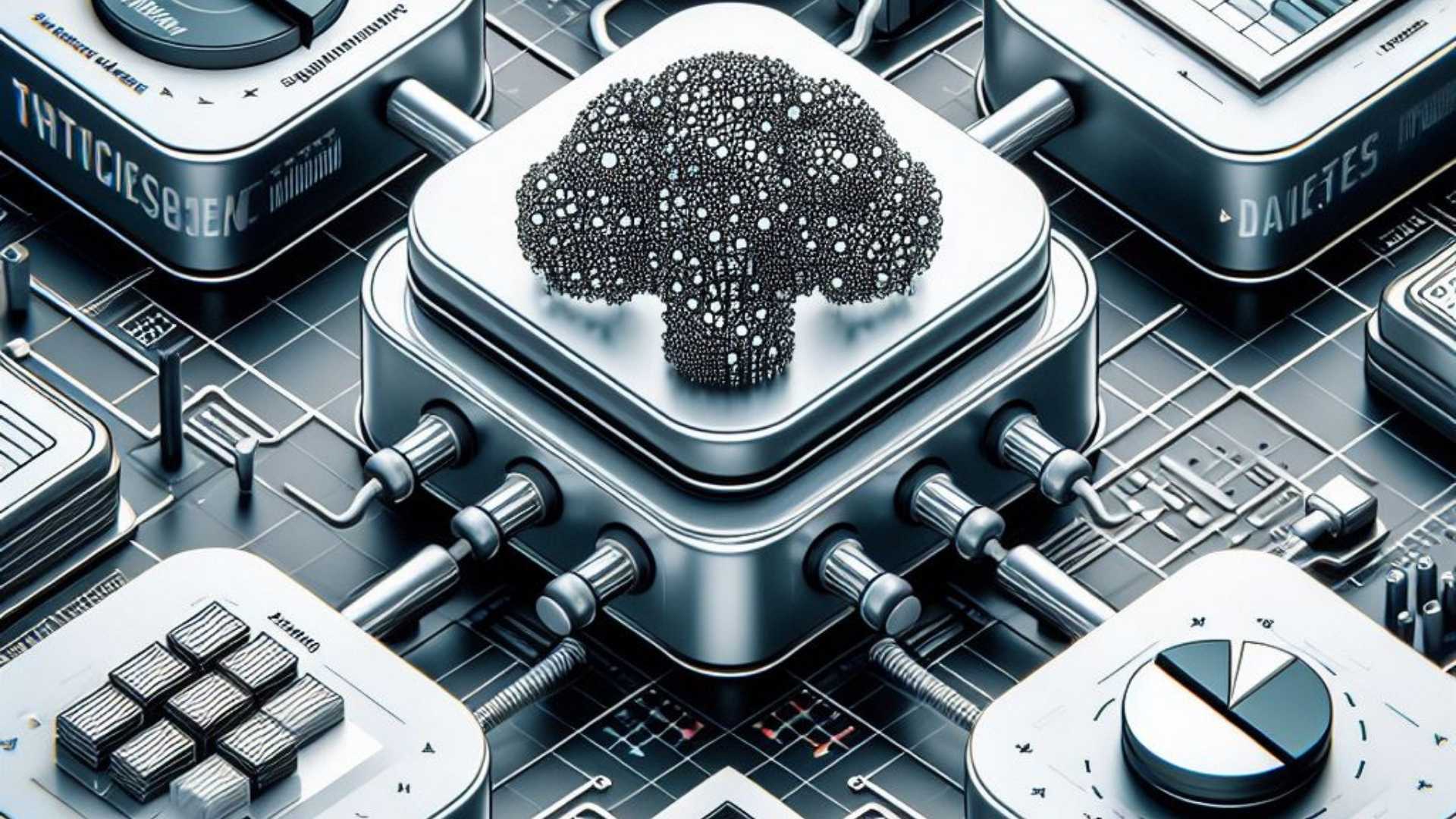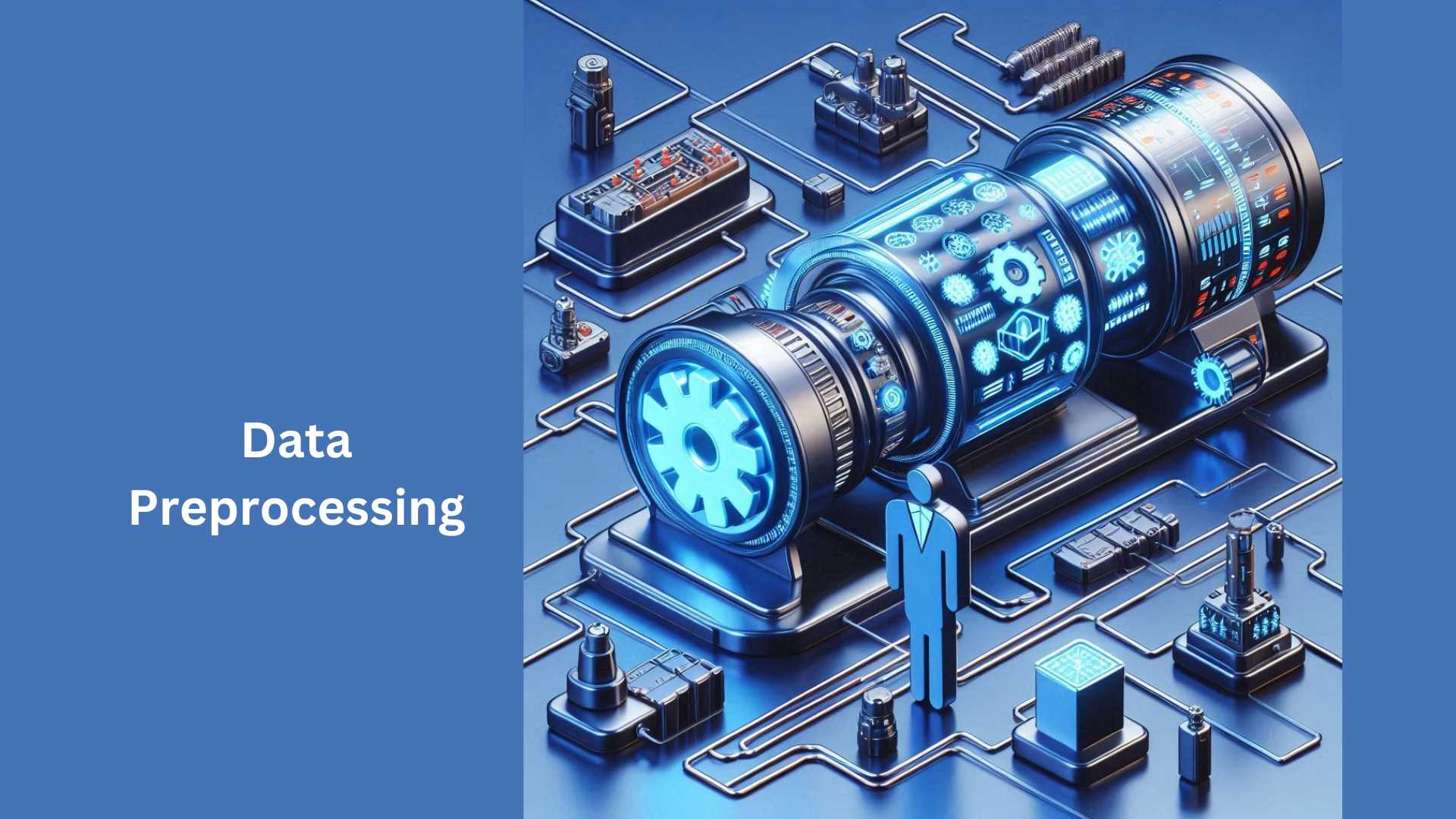Introducing Meta Llama 3: Pioneering AI Innovations
At Meta, we’re thrilled to announce the latest evolution of our cutting-edge AI assistant, Meta AI, powered by the revolutionary Meta Llama 3 technology. Meta AI isn’t just your average assistant; it’s your ultimate companion for navigating life’s myriad tasks and challenges.
Empowered Intelligence and Worldwide Reach with Meta Llama 3
With Meta AI, we’re redefining what it means to have a personal assistant. Thanks to Meta Llama 3, Meta AI now stands as one of the world’s most intelligent AI assistants, and the best part? It’s free and available in more countries than ever before. From helping you plan dinner based on what’s in your fridge to assisting you with last-minute study sessions, Meta AI is here to make your life easier and more efficient.
We’re excited to roll out Meta AI in English across a multitude of countries, including Australia, Canada, Ghana, Jamaica, Malawi, New Zealand, Nigeria, Pakistan, Singapore, South Africa, Uganda, Zambia, and Zimbabwe, with plans for further expansion underway. No matter where you are, Meta AI is right there with you, ready to lend a helping hand.
Seamless Integration Across Platforms
Meta AI isn’t confined to a single app or platform—it’s seamlessly integrated across our suite of apps including Facebook, Instagram, WhatsApp, and Messenger. Whether you’re scrolling through your feed or chatting with friends, Meta AI is there to provide real-time assistance without ever interrupting your workflow.

Empowering Creativity with Imagine Feature
Meta AI isn’t just about productivity; it’s also a catalyst for creativity. With our Imagine feature, generating images from text has never been easier or more fun. Watch as Meta AI brings your ideas to life in real time, offering sharp, high-quality images with the option to animate, iterate, and share with friends.
A Glimpse into the Future
But we’re not stopping there. Meta AI is constantly evolving, with exciting developments on the horizon. From integration with our Meta Quest platform to enhancements on our Ray-Ban Meta smart glasses, the possibilities are endless.
Conclusion
Meta AI isn’t just an assistant; it’s a game-changer. With Meta Llama 3 at its core, Meta AI is smarter, faster, and more intuitive than ever before. Whether you’re planning a night out with friends or embarking on a creative endeavor, Meta AI is your go-to companion every step of the way. Join us as we revolutionize the way you interact with technology. Stay tuned for more updates—we’re just getting started.
Google Cloud’s New AI Products Unveiled
Google Cloud recently showcased its latest advancements in AI technology, introducing groundbreaking products at the Google Cloud Next event. Among these AI innovations are the new GenAI agent technology and Vertex AI Agent Builder, designed to revolutionize AI capabilities. Let’s delve into the details of these cutting-edge offerings and explore how they are poised to transform the landscape of AI-driven solutions.
- Evolution of AI Agents:
- Google’s GenAI agent technology represents a significant leap forward in AI capabilities, offering partners and customers unprecedented opportunities to enhance productivity.
- Tony Safoian, CEO of Google Cloud Premier Partner SADA, highlights the transformative potential of these agents in completing complex tasks, moving beyond traditional chatbot functionalities.
- Safoian emphasizes the shift towards automation and trust in AI, envisioning scenarios where agents seamlessly execute tasks like modifying healthcare plans or resetting passwords, thus driving productivity to new heights.
- Introducing Vertex AI Agent Builder:
- Google’s Vertex AI Agent Builder emerges as a game-changer, empowering partners to develop custom AI agents tailored to specific business needs.
- This no-code offering enables the deployment of generative AI assistants rooted in Google’s powerful Gemini family of models, facilitating the creation of agents capable of understanding and executing diverse tasks.
- Partners like Quantiphi, a Google Cloud Premier Partner, express enthusiasm for Vertex AI Agent Builder, recognizing its potential to solve complex business problems and help customers achieve their AI goals.
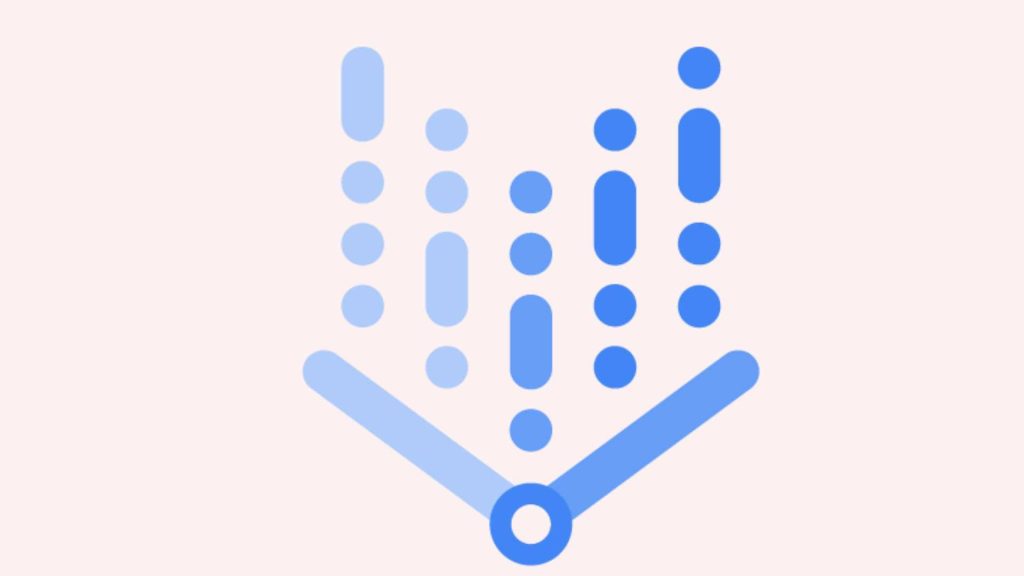
- Agent Paradigm vs. Assistant Paradigm:
- Asif Hasan, CEO of Quantiphi, distinguishes between the traditional assistant paradigm and the innovative agent paradigm, highlighting the latter’s goal-oriented approach.
- In the agent paradigm, AI agents analyze goals, reason, plan, and generate solutions iteratively, ultimately aiding users in accomplishing their objectives.
- Hasan emphasizes the iterative nature of agent interaction, where feedback loops contribute to continuous improvement, ultimately enhancing user experience and productivity.
- Advancements in Data Agents and Hardware:
- Google introduces enhancements to facilitate the development of data agents, integrating Gemini into popular products such as BigQuery, Databases, and Looker.
- Additionally, Google unveils cutting-edge hardware, including the custom ARM-based CPU chip Google Axion, designed to deliver superior performance for AI workloads.
- The availability of Tensor Processing Unit v5p further strengthens Google’s hardware portfolio, offering organizations unparalleled computational power for AI applications.
- Market Differentiation and Partner Ecosystem:
- Partners like SADA underscore the significance of Google Cloud’s end-to-end AI portfolio as a market differentiator, spanning from core hardware infrastructure to integrated SaaS solutions.
- However, challenges persist in harnessing the full potential of these AI innovations, requiring the collective efforts of the partner ecosystem to deliver measurable, scalable, and secure AI solutions.
- Safoian emphasizes the crucial role of partners in enabling customers to derive tangible value from Google Cloud’s AI offerings, highlighting the ongoing journey toward maximizing AI’s transformative potential.
Conclusion:
Google Cloud’s unveiling of next-gen AI technologies marks a significant milestone in the evolution of artificial intelligence. With GenAI agent technology, Vertex AI Agent Builder, and advancements in hardware infrastructure, Google is poised to redefine the capabilities of AI-driven solutions. As partners and customers embrace these AI innovations, the promise of enhanced productivity, efficiency, and innovation looms on the horizon, ushering in a new era of AI-powered possibilities.
IndiaAI Mission: A Leap Forward in AI Innovations
The Indian government has taken a significant step towards nurturing the country’s AI innovations ecosystem with the launch of the IndiaAI mission, a $1.24 billion funding package aimed at expanding compute infrastructure access across the country.
IndiaAI Compute Capacity: A Cutting-Edge Supercomputer
The IndiaAI Compute Capacity program, funded by a public-private partnership, will see the development of a cutting-edge, scalable AI supercomputer containing over 10,000 GPUs. Although specifications of the system have not been disclosed, this initiative is expected to significantly enhance India’s AI computing capabilities.
IndiaAI Innovation Centre: Developing Foundation Models and Multimodal Models
The IndiaAI Innovation Centre will utilize government-approved funds to spearhead the development of foundation models and large multimodal models. This initiative is expected to drive innovation in AI research and development, positioning India as a force shaping the future of AI globally.
IndiaAI FutureSkills: Expanding AI Education
The IndiaAI FutureSkills program aims to increase the accessibility of graduate and post-graduate AI programs, expanding the reach of AI education across the country. This initiative is expected to equip India’s workforce with the skills necessary to capitalize on the opportunities presented by AI.
Indian Government Allocates Land for New Semiconductor Plants
In addition to the IndiaAI mission, the Indian government has also made significant progress in its $10 billion semiconductor scheme. The Gujarat government has allocated 188 acres of land to Tata Group and CG Power for the construction of planned chip fabs.
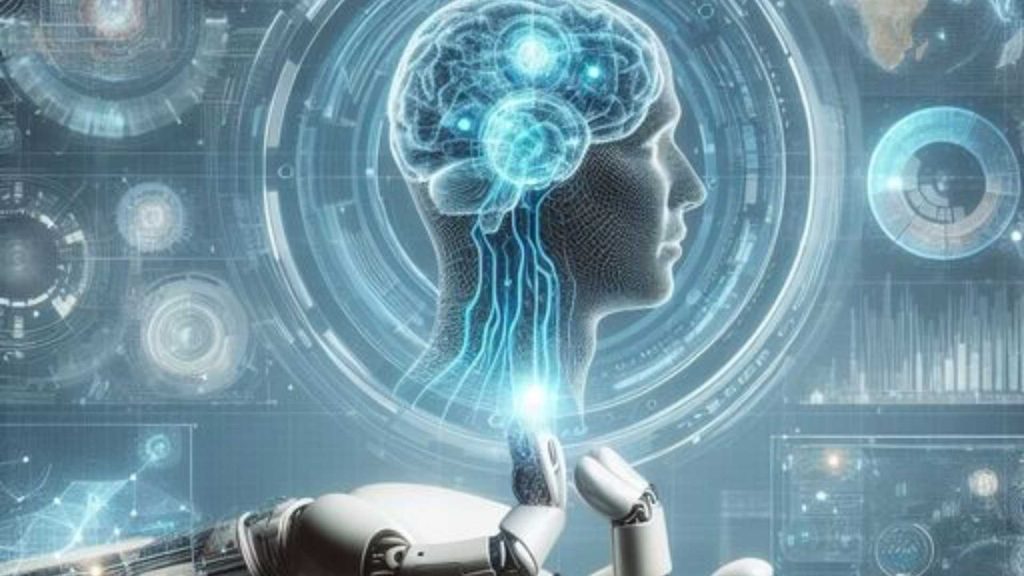
Tata Group’s $11 Billion Plant
Tata Group’s 910 billion rupees ($11 billion) plant, which will have the capacity to produce 50,000 12-inch wafers per month, will be built on 160 acres of land in Dholera.
CG Power’s $92 Million Joint Venture
CG Power’s 76 billion rupees ($92 million) joint venture with Renesas and Stars Micro will build a chip packaging plant on 28 acres of land in Sanand.
Kaynes Technology to Manufacture 3,000 RUDRA Servers for CDAC
In a separate development, Mysuru-based Kaynes Technology has been awarded a contract to manufacture 3,000 indigenously designed RUDRA high-performance computing (HPC) servers for the government-owned Centre for Development of Advanced Computing (CDAC). These servers will be used to build PARAM RUDRA supercomputing systems under the National Supercomputing Mission (NSM).
RUDRA HPC Servers: Meeting Computational Requirements
The RUDRA HPC servers are designed to meet the computational requirements of sectors like hyper-scale data centers, edge computing, banking, finance, healthcare, and advanced manufacturing. Traditionally, servers have been imported into India, with 250,000 to 400,000 servers worth $1.5 billion imported annually.
Kaynes Technology’s Manufacturing Capabilities
Kaynes Technology has set up a factory in Chamarajanagar near Mysuru, spread over 17 acres, with five surface-mount technology (SMT) lines, one of which can produce 100,000 servers per year. The company has also received the prototype order for RUDRA 2 and is expected to deliver the prototype in the next 20 weeks.
The IndiaAI mission, semiconductor scheme, and indigenous server manufacturing initiatives are significant steps toward positioning India as a leader in AI innovations and technology.
Microsoft’s Revolutionary AI App Brings Mona Lisa to Life
Microsoft Introduces Revolutionary AI App VASA-1
Microsoft has recently unveiled a groundbreaking artificial intelligence (AI) model called VASA-1, capable of generating hyper-realistic videos of talking human faces. This innovative AI image-to-video model can transform still photos of people’s faces into lively animations, complete with synchronized lip movements, facial expressions, and head movements that appear natural.
The Viral Video: Mona Lisa Sings “Paparazzi”
A demonstration of VASA-1’s capabilities has gone viral on social media, leaving people amazed. The AI-generated video shows the iconic Mona Lisa, Leonardo da Vinci’s famous painting, lip-syncing to Anne Hathaway’s hit song “Paparazzi”. The video has sparked a mix of reactions, from amusement to concern about the potential misuse of this technology.
Reactions to the Viral Video
Many users have expressed their amusement at the humorous clip, with one user commenting, “The Mona Lisa clip had me rolling on the floor laughing.” Another user joked, “Oh, man. If only Da Vinci could witness this.” However, others have raised concerns about the potential for unethical usage, particularly in creating deep fakes.
Concerns About Deep Fakes and Unethical Usage
Some users have expressed concerns about the potential misuse of VASA-1, citing the risks of creating convincing deep fakes. One user wrote, “Creepy? Fascinating? For one thing, deepfake potential just grew exponentially…but opens up some interesting creative possibilities as well.” Another user added, “Deepfake Tech Just Took a Terrifying Leap Forward and it’s more convincingly deceptive than we ever imagined.”
Microsoft’s Response to Concerns
In response to concerns about the potential misuse of VASA-1, Microsoft has stated that they have no plans to release an online demo, API, product, or additional implementation details until they are certain that the technology will be used responsibly and under proper regulations.

The Technology Behind VASA-1
According to Microsoft, VASA-1 is a framework for generating lifelike talking faces of virtual characters with appealing visual affective skills (VAS). The core AI innovations of VASA-1 include a holistic facial dynamics and head movement generation model that works in a face latent space, and the development of an expressive and disentangled face latent space using videos. This technology has the potential to revolutionize various industries, from entertainment to education, but it is essential to ensure that it is used responsibly.
The Future of AI-Generated Videos
As AI-generated videos become increasingly sophisticated, it is crucial to consider the ethical implications of this technology. While VASA-1 has the potential to unlock new creative possibilities, it is essential to ensure that it is used responsibly and under proper regulations. Microsoft’s commitment to responsible innovation is a step in the right direction, and it will be interesting to see how this technology evolves in the future.
What do you think about Microsoft’s new AI app? Share your thoughts in the comments!
The recent advancements in AI from Meta, Google Cloud, the Indian government, and Microsoft signify a transformative leap in technology, each contributing uniquely to the global AI landscape. Meta’s Meta AI powered by Meta Llama 3, Google Cloud’s GenAI agent technology, India’s comprehensive IndiaAI mission, and Microsoft’s VASA-1 model, all showcase the potential of AI to enhance productivity, creativity, and computational power. These innovations highlight the importance of responsible usage and ethical considerations as AI becomes more integrated into our daily lives, promising an exciting future where AI empowers efficiency and innovation across various sectors.



